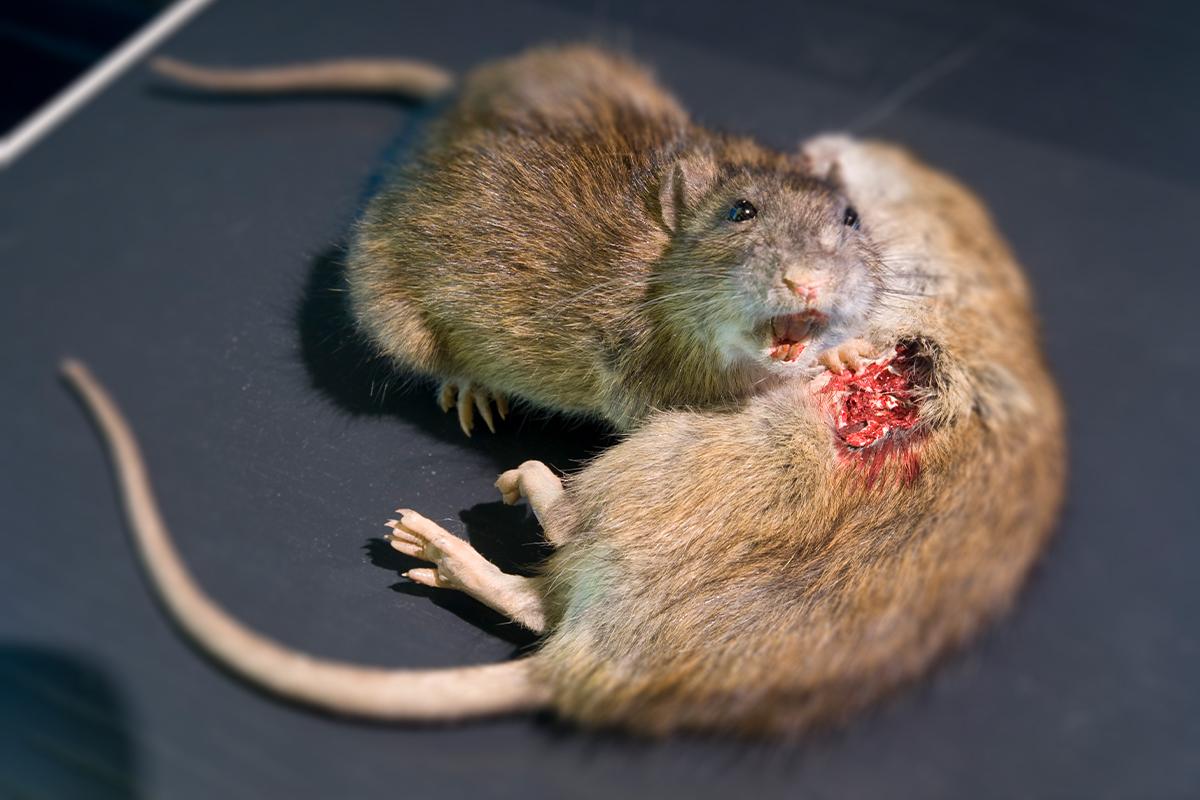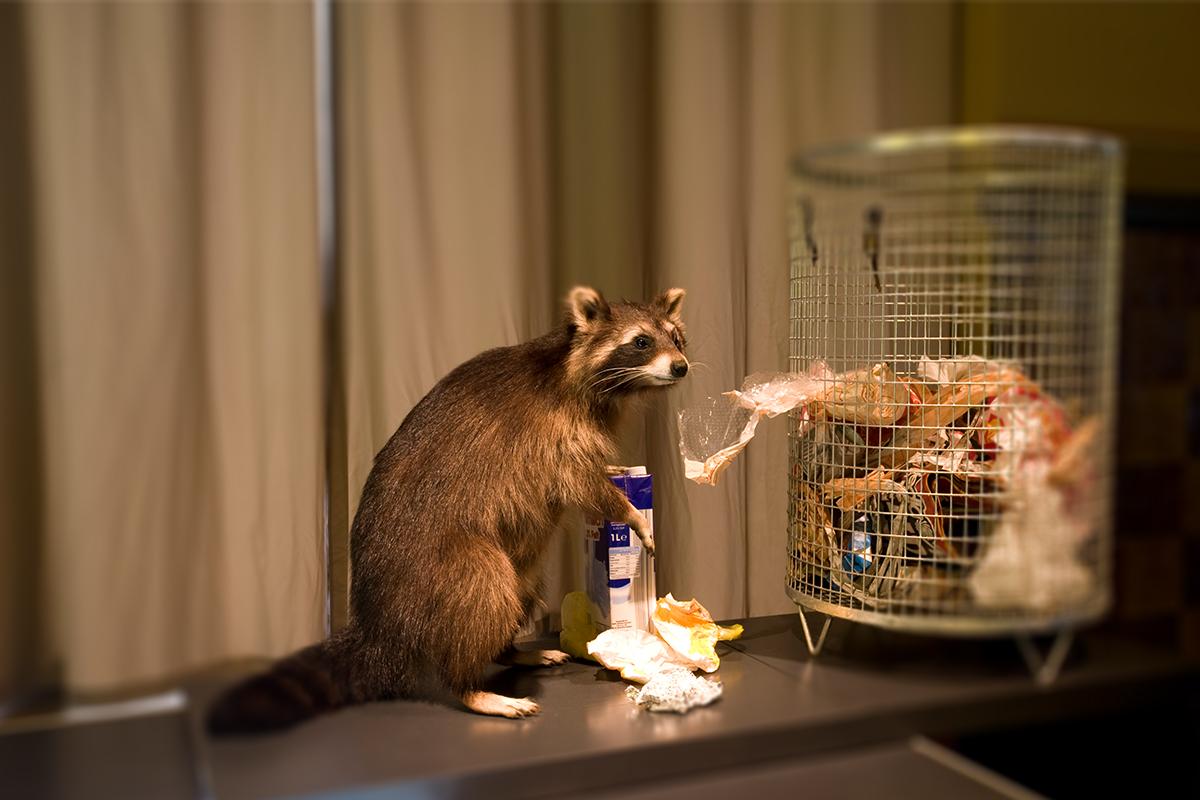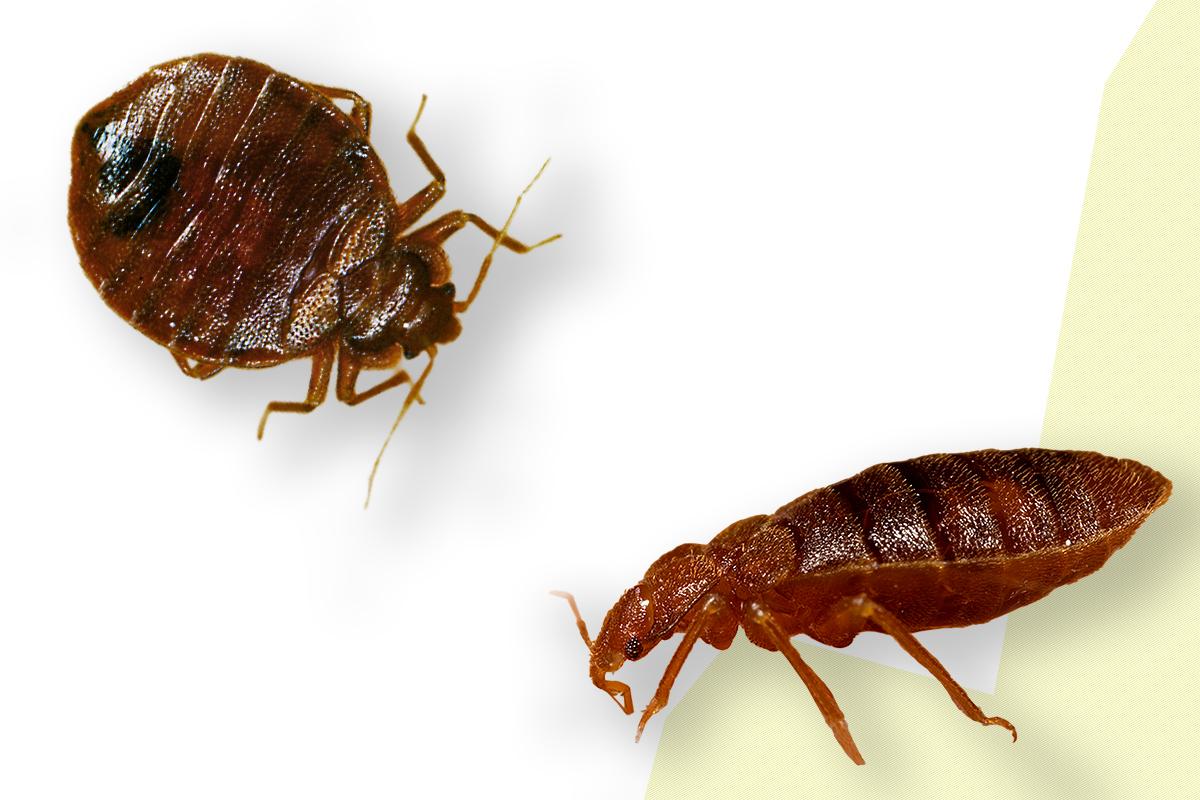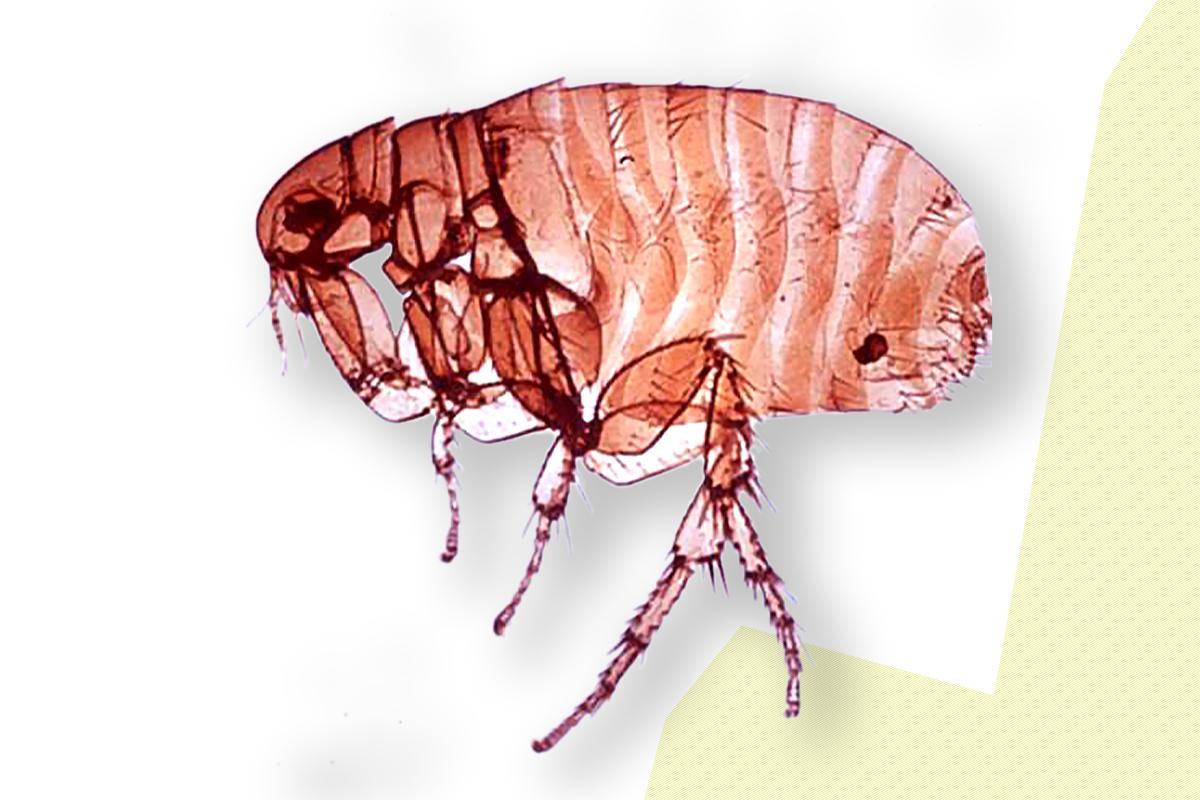
How do raccoons, hotel accommodation and the connection between human activities and the spread of epidemics go together? They are connected by increasing urbanization and the progressive loss of natural habitats. Here is our selection of stories from the topic “Urbanization”.
With Raccoons in the City

Raccoons are a common pest in the cities of North America. These mammals may transmit parasites and diseases (Chagas disease, rabies, canine distemper, tularemia, etc.) to pets and humans. Fleas, lice, and ticks serve as carriers. In some areas of the US up to 80% of all raccoons are infected with the roundworm Baylisascaris. Each host animal excretes millions of roundworm eggs in its faeces. If a human becomes infected with these eggs, the larvae wander aimlessly through the body, damaging the brain and eyes.
In New York two children suffered seriously from these worms – one child was brain damaged, the other was blinded. In Europe the raccoon is also heavily parasitized by this roundworm and poses a danger to the population.
First They Take Manhattan

At night the hungry bedbugs pounce on humans. A penetrating smell betrays the infestation of the home. These odorous substances keep bedbug populations together. To control them all belongings must be disinfected. Until the Second World War bedbugs were found throughout Europe. DDT almost drove them to extinction. Now they are again gaining ground. In the USA the environmental agency sent out an invitation in April 2009 for a “Bedbug Summit”, as the photophobic fellows are no longer limited to cheap accommodations. Hospitals and noble hotels from New York to Chicago and from there all over the planet are all afflicted.
Old and New Epidemics

The advent of antibiotics raised hopes of eradicating epidemics. Big mistake. International mobility, population growth, insufficient hygiene, impoverishment, poverty, and global warming all favor the spread of epidemics. Dams and artificial irrigation allow for the emergence of new breeding grounds for carriers of infectious diseases. Environmental damage, antibiotic resistance, intensive livestock farming, international food trade, etc. all foster the spread of zoonotic infections, diseases that can jump from animals to humans. Dangerous hotspots for deadly infections are considered to be northern South America, Central Africa, and Southeast Asia.
Here you get back to the overview.